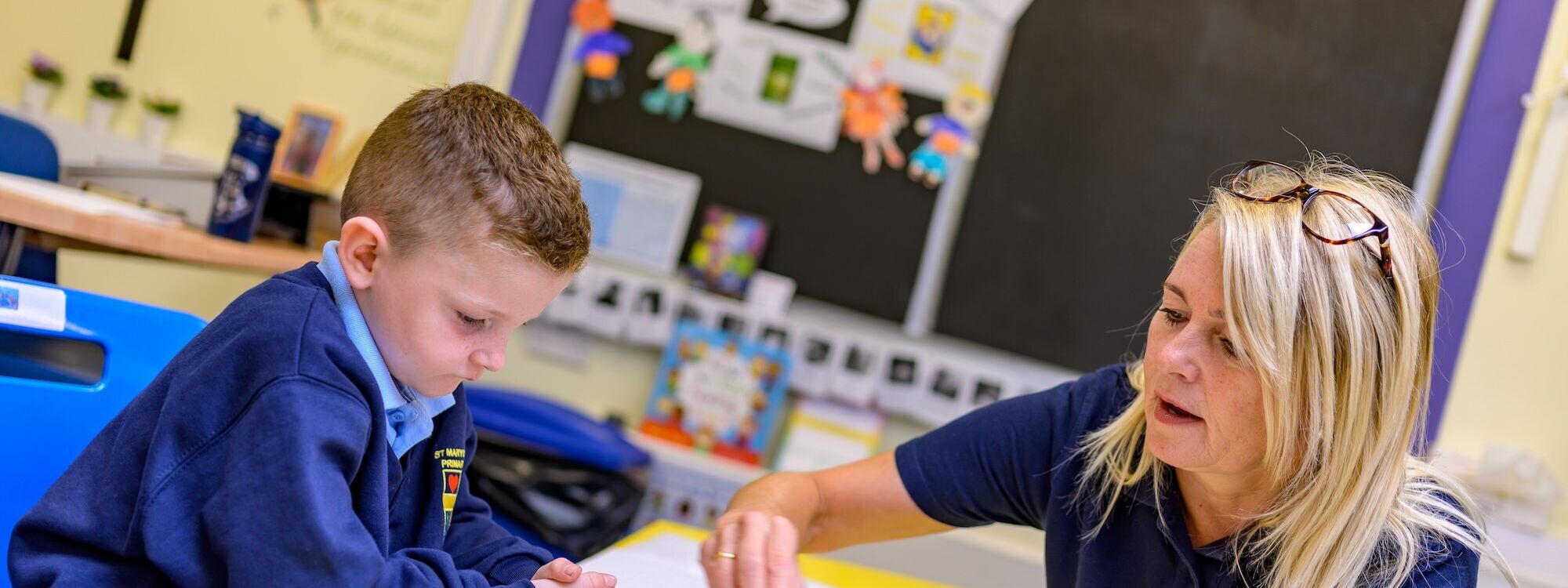- Home
- School Life
- Curriculum Overview
Curriculum Overview
Our vision, “Nurturing Minds, Fulfilling Lives”, is placed at the heart of our school.
It was developed after much collaboration amongst staff; exploring our demographic – knowing our families and the area; collecting pupil voice; responses from parent questionnaires and feedback from visitors to our school. Our carefully chosen Christian Values and Learning Attitudes support our vision and that of our Trust; these are underpinned by our curriculum which has been designed to allow us to realise our Vision.
We want all our children to know that God is with them and will continue to be throughout their lives. The Bible tells us that, when we draw close to God, he equips us with the fruits of his spirit. - Galatians 5:22 including Love, Joy, Peace and Kindness. Within a school context, we believe “Nurturing Minds, Fulfilling Lives”, expresses our core vision for education and we use the parable of the seeds to illustrate this: Mark 4:1-20
We passionately believe that, in order for our children to live fulfilled lives - enabling them to explore their potential - we have to nurture them; caring and protecting them while they are growing; enabling them to take risks; challenge themselves and learn from a wide variety of experiences both in and out of the classroom environment.
John 10:10 outlines Jesus’ intention for us all to live a life in all its fulness and our curriculum aims to broaden children’s experience and deepen their skills and abilities in order to do this. We recognise that (for many) life is tough and, to experience success, sometimes things don’t come easily.
We value the importance of forgiveness (both the willingness to forgive and accept forgiveness) yet, at the same time, recognise that it is not a tidy concept; it does not mean forgetting. We look to the Japanese art of kintsugi ("golden joinery"), also known as kintsukuroi ("golden repair"), to model this to our community: it shows us that even our scars can be made beautiful and useful. The image of kintsugi allows us to see forgiveness in a different way. When something is repaired using kintsugi, the “injury” or the cracks do not in any way disappear. If anything, they are highlighted by the lines of gold. The scars become a part of the story of the object, but they are no longer sharp, painful places of damage. Our mistakes and experiences are opportunities to learn and grow: nurturing minds, fulfilling lives.
We are part of St Christopher’s Academy Trust; the vision of which is ‘Flourishing Communities’. Our children, and whole school community are reminded that, just like seeds, they need to be careful to be rooted in fertile soil if they are to flourish and that they have responsibility to make good choices to support this. As a school, we aim to ensure that our school environment is as fertile as possible so that even our most vulnerable pupils are able to flourish and families feel supported; we are all one connected, caring family.
We want our children to be inspired by our curriculum; keen to challenge themselves and develop a real thirst for knowledge. We want them to build their substantive knowledge (the facts) alongside the growth of their disciplinary knowledge in each subject (e.g. understanding how a historian learns about the past and constructs their understanding). We understand that pupils having a clear structure of vocabulary gives them greater access to the progression of learning.
Vocabulary is a strong indicator of reading success (National Literacy Trust, 2017). Children with a poor vocabulary at five are four times more likely to struggle with reading in adulthood (Why Closing the Word Gap Matters: Oxford Language Report, 2018). At St Marychurch, we also know that a good understanding of a wide range of vocabulary supports success across the whole curriculum.
We strongly believe and teach that, in order to be ready to learn and achieve our potential, we need to recognise our own self-worth and understand that we are in control of the path our life takes. Mind, body and soul… like the Holy Trinity are we then complete and have the best conditions to grow.
